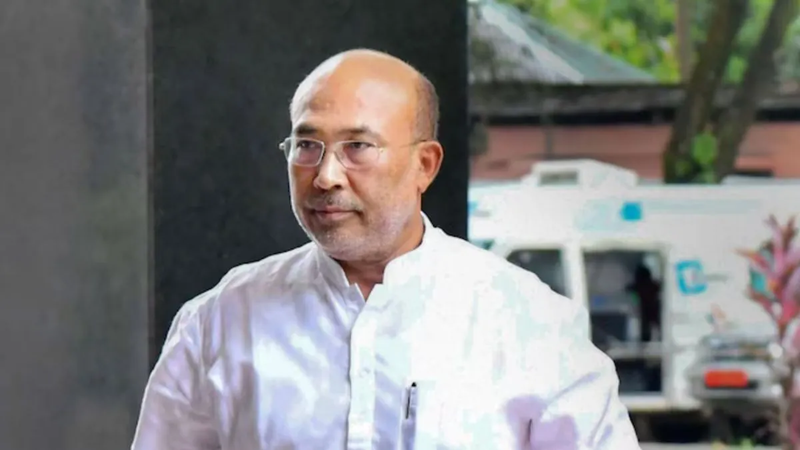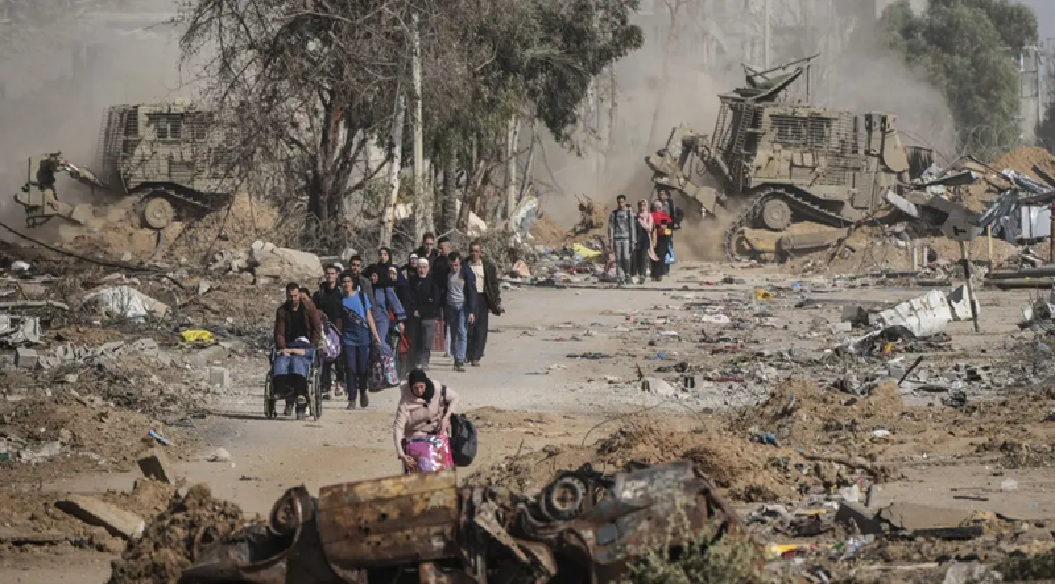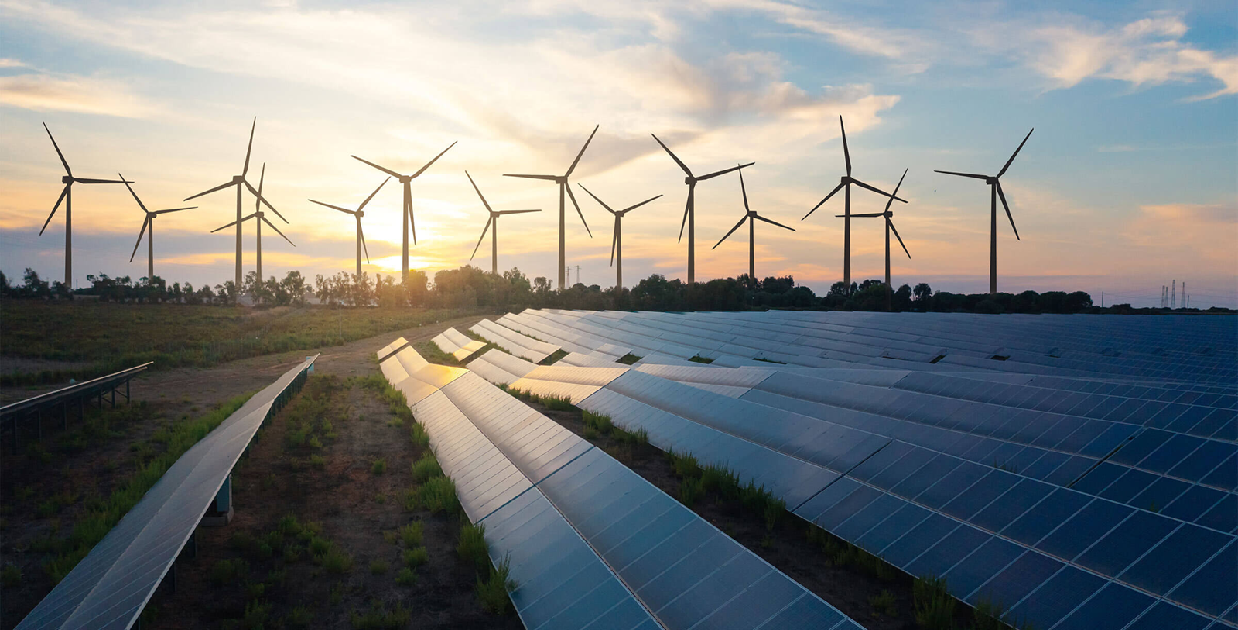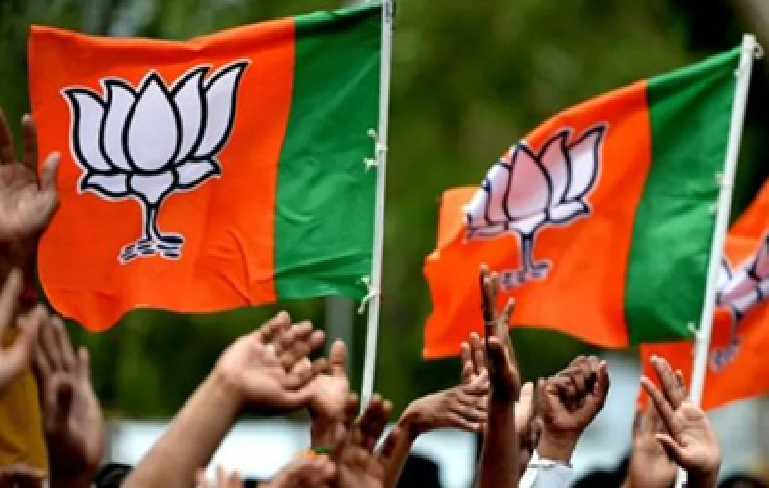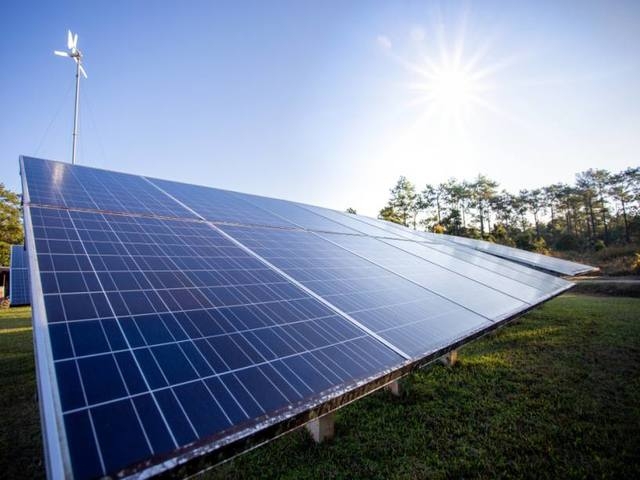
As lands & livelihood lost, a warning to India’s solar dreams
Arathi Menon
It was in 1983 that Pavagada, a hilly town of less than 300,000 people bordering the southern states of Karnataka and Andhra Pradesh came into national prominence.
Children, most of them girls under the age of five, began to disappear. Abducted in the dead of night from their homes and murdered, their remains were found with paw prints nearby. Wolves, once abundant in Pavagada, were blamed; caves were raided, and wolves killed en masse by villagers. Wolves have not been spotted in Pavagada for some time now.
According to the locals, these large fauna left when the Karnataka government allowed a mega solar park in Pavagada, functional since 2018, one of India’s biggest solar parks with a 2,050 MW capacity. The project was built on farmland obtained through an innovative model—13,000 acres, about a quarter the size of Kolkata city, were leased from farmers for 28 years at an annual rate of Rs. 21,000 per acre for the first five years with a 5% increase after every two years subsequently.
Many large landholders in Pavagada taluk, one of Karnataka’s most backward, became wealthy overnight by leasing their land to Karnataka Solar Power Development Corporation Limited (KSPDCL), a special purpose vehicle (SPV) created by merging the Karnataka Renewable Energy Development Ltd (KREDL) and the Solar Energy Corporation of India Ltd (SECI).
But livelihoods for small landholders and landless Dalits receded, as agricultural labour dried up. Some found lease payments for their small landholdings inadequate to sustain their families beyond a few months.
Gopala of Rayacharlu was drying batches of red chillies on the road under the sweltering sun when Article 14 met her. Their two acres of land were leased, fetching them Rs. 42,000 annually. “Can a family survive on that?” asked the 40-year-old. Gopala continued to work as an agricultural labourer, earning a daily wage while her husband tended to the two acres they retained.
Across India, renewable energy projects have triggered land conflicts, from Assam to Kerala and Rajasthan and Gujarat. Besides the annual lease amount, some men also found employment in the solar park. The women of Pavagada, and especially Dalit women, suffered the hardest blow.
Narayanamma of Achamanahalli village near Thirumani left home every morning, herding her cattle to a grazing ground 3 km away, returning late in the evenings. A mother of eight daughters, Narayanamma owned 200 sheep, five cows, a bull, and a ram. She owned two acres of land in Thirumani that were leased out. Hundreds of women farmers in Pavagada faced similar circumstances, their farm-based livelihoods lost.
Farmers claimed that one of the oral agreements made by officials during the land acquisition process was to provide employment in the solar park to every household that leased their land. A household like Narayanamma’s, however, simply did not qualify for the incentive as there was no able male member who could apply for the job. Her husband Kithappa could not, for he had to take their sheep into the solar park for grazing.
How The Land Acquisition Law Was Side-Stepped General manager of KSPDCL N. Amarnath said the company opted for a lease model to acquire land to protect the “sentiments” of locals towards their land. Amarnath told Article 14 that land acquisition was a time-consuming process.
“Since it is a lease model, we have not forced anyone to part with their lands. Some have, while some haven’t,” he said, calling it “reassuring” that the land would continue to be in their names and would be returned to them after 28 years.
However, criticism by experts suggested the lease model actually helped the company bypass rules stipulated by the Right to Fair Compensation and Transparency in Land Acquisition, Rehabilitation and Resettlement Act (LARR Act) 2015, including the preparation and publication of a social impact assessment study and public hearings during this process.
“Every land acquisition has to follow a proper procedure under the Act,” said Rao. These included affected members of the community being notified, public hearings conducted, land valued based on its natural assets, the number of animals grazing on the land, etc
With its focus on fair compensation and due process, sections 4, 5 and 6 of the LARR Act mandate conducting a study assessing the social impact of the proposed project, holding a public hearing during this assessment, and publication of this assessment. Under section 7, this study must then be evaluated by an independent group of experts. Under section 16, a comprehensive resettlement plan is prepared for those whose lands are to be acquired, which is then to be reviewed, approved and made public. It is a time-consuming process.
Moreover, in 20
 English daily published in Bengaluru & Doha
English daily published in Bengaluru & Doha

